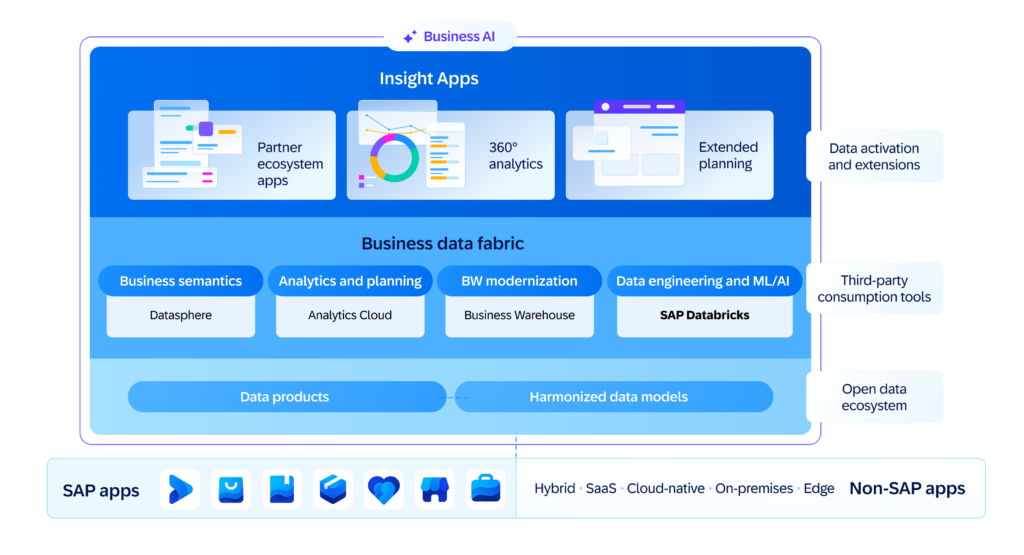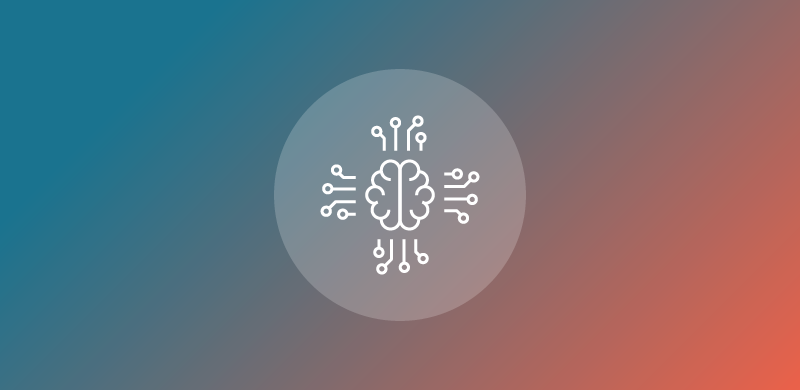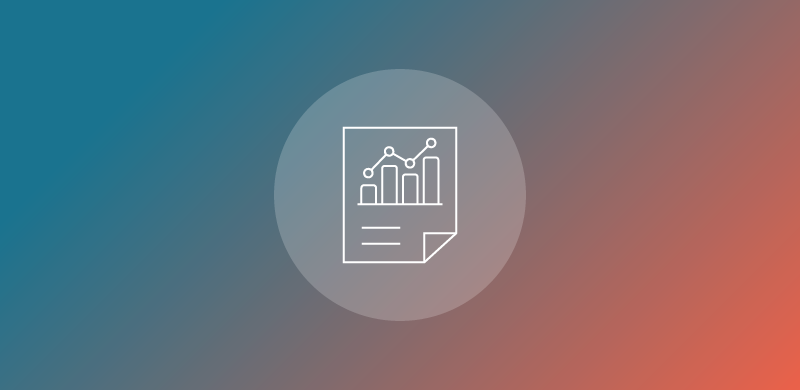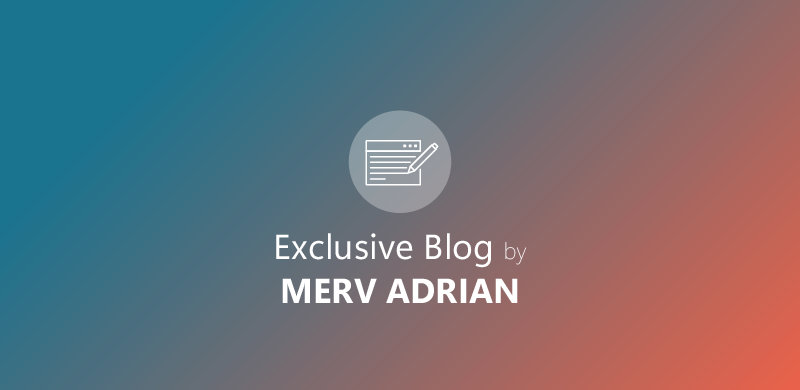CEO BARC US
Shawn has over 28 years of international experience as an industry analyst, thought leader, speaker, author, and instructor on data, business intelligence (BI), analytics, artificial intelligence (AI), machine learning (ML), and cloud technologies. His former analyst roles and executive strategy positions with enterprise software firms give him a unique industry.
Shawn is a published author and has co-written two industry-leading books, “Social Data Analytics” and the latest, “Analytics: How to Win with Intelligence.” He was recently named one of Top 50 Global Thought Leaders on Analytics 2023 by Thinkers360.
















